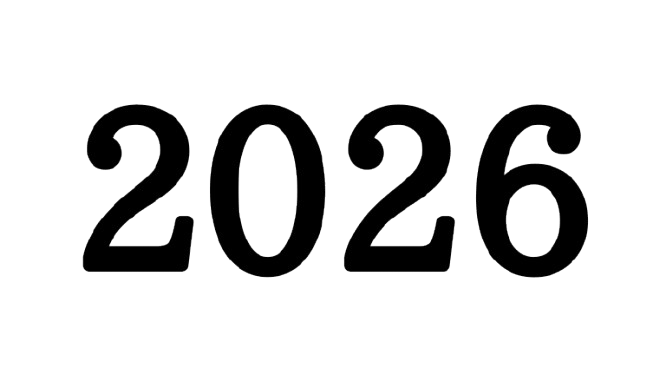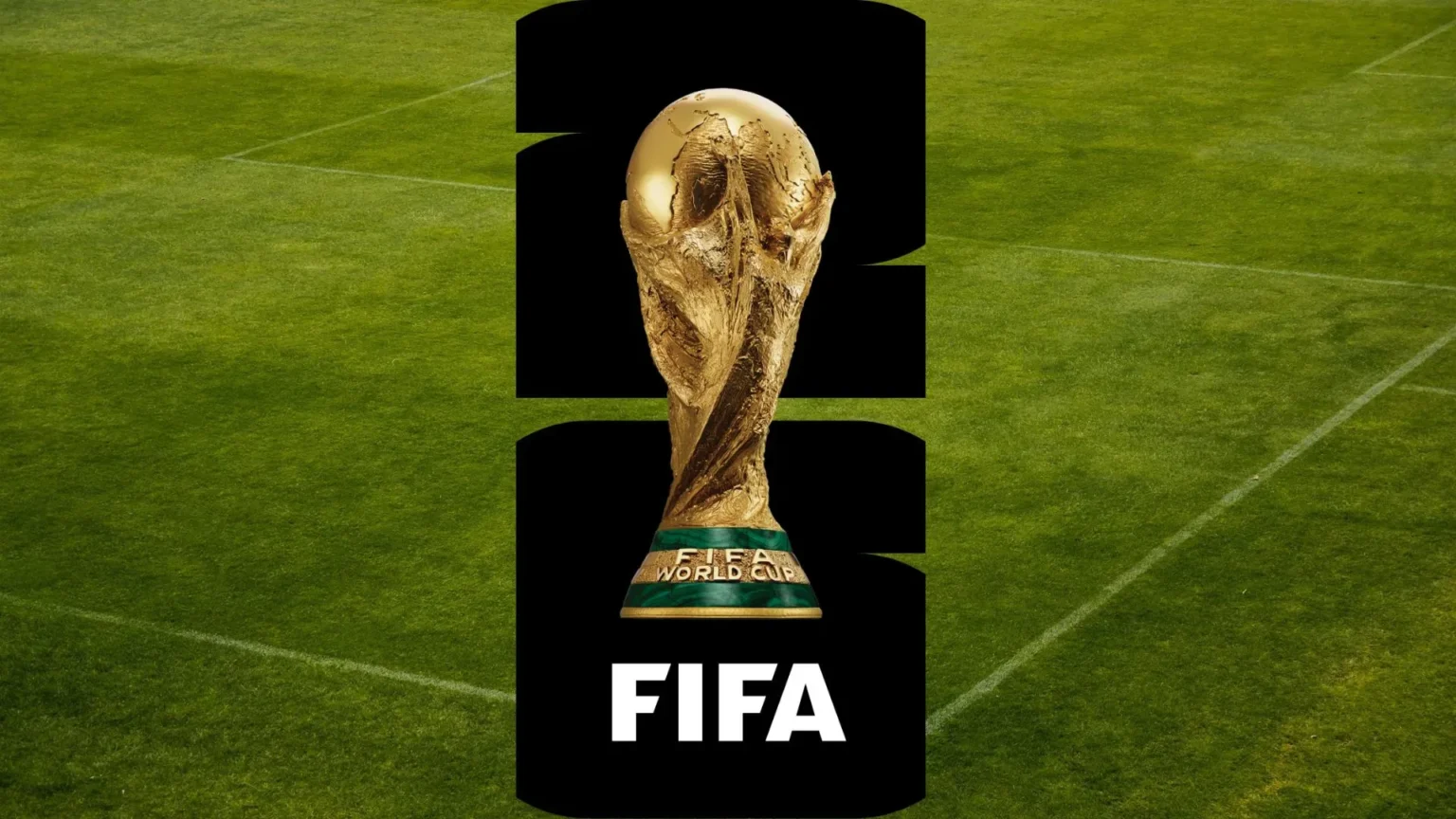The FIFA World Cup 2026 Schedule, represents a monumental shift in international soccer, expanding to 48 teams and co-hosted by Canada, Mexico, and the United States for the first time.
As the 23rd edition of the tournament, it promises to be the largest ever, with 104 matches spread across 16 cities in three nations, fostering unprecedented cultural and economic exchanges. This article serves as your ultimate reference for everything related to the event in 2026—from detailed schedules and host venues to the qualification process, anticipated teams, and broader implications.
Whether you’re a fan planning travel, a student researching global events, or an investor eyeing economic boosts, this resource emphasizes practical details to help you navigate the year’s biggest sports spectacle. With a focus on North America’s role in uniting the world through sport, we explore how this World Cup could redefine international relations and sustainability in a post-pandemic era.
Historical Context and Why 2026 Marks a New Era
The FIFA World Cup has evolved since its inception in 1930, growing from 13 teams to the current format. The 2026 expansion to 48 teams—up from 32—aims to increase inclusivity, allowing more nations from underrepresented regions like Africa and Asia to participate. This change, approved in 2017, addresses calls for broader representation while boosting FIFA’s revenue through more matches and broadcasting deals. Historically, the tournament has been hosted by single countries or pairs (e.g., 2002 Korea-Japan), but 2026’s tri-nation setup is groundbreaking, symbolizing continental unity amid global challenges like climate change and migration.
In the context of 2026, this World Cup aligns with other major events, such as the Winter Olympics in February and U.S. midterms in November, creating a year of heightened international focus on North America. Economically, it’s projected to generate $5-10 billion in revenue for hosts, with ripple effects on tourism, infrastructure, and local businesses. From a global perspective, it could bridge divides, as seen in past Cups where underdogs like Morocco in 2022 inspired worldwide audiences. However, challenges like travel logistics across vast distances and environmental concerns (e.g., carbon emissions from flights) must be addressed, with FIFA committing to sustainable practices.
The decision to host in North America came after a competitive bid process, with the United Bid defeating Morocco in 2018. This marks the U.S.‘s second hosting (after 1994), Mexico’s third (1970, 1986), and Canada’s first, highlighting the region’s soccer growth. MLS expansion and youth programs have prepared the ground, potentially elevating the sport’s popularity in areas where hockey or American football dominate.
Key Dates and Match Phases
The tournament runs from June 11 to July 19, 2026, spanning 39 days to accommodate the extra teams and matches. This extended timeline reduces player fatigue by spacing games, with rest days built in. All times are preliminary and subject to final confirmation by FIFA, but based on official announcements, here’s the breakdown:
- Opening Match: Thursday, June 11, 2026 – Traditionally featuring a host nation, likely in Mexico City or Los Angeles, kicking off at 8 p.m. local time to maximize global viewership.
- Group Stage: June 11 to June 27, 2026 – 48 teams divided into 12 groups of four, playing three matches each. Matches occur daily across multiple venues, with up to four per day in different time zones (Eastern, Central, Pacific).
- Example: Group A might start in Vancouver, while Group B plays in Dallas.
- Round of 32: June 28 to July 3, 2026 – The top two from each group plus eight best third-placed teams advance. This new knockout round adds excitement, with single-elimination games.
- Round of 16: July 4 to July 7, 2026 – Coinciding with U.S. Independence Day, expect festive atmospheres in American cities.
- Quarterfinals: July 9 to July 11, 2026 – High-stakes matches, potentially in iconic stadiums like MetLife in New York.
- Semifinals: July 14 to July 15, 2026 – Building to the climax.
- Third-Place Match: July 18, 2026 – Often overlooked but crucial for rankings.
- Final: Sunday, July 19, 2026 – At MetLife Stadium in East Rutherford, New Jersey, starting at 3 p.m. ET, expected to draw over 5 billion viewers worldwide.
This schedule minimizes travel for teams, grouping matches regionally: Western (e.g., Seattle, San Francisco), Central (Dallas, Kansas City), and Eastern (New York, Miami). Fans can plan multi-city trips, but book early as tickets go on sale in late 2025.
Host Cities and Stadiums
Sixteen state-of-the-art stadiums will host the games, selected for capacity (minimum 40,000), infrastructure, and legacy potential. This distributed model promotes regional development, with upgrades focusing on accessibility and green tech.
- United States (11 venues): Atlanta (Mercedes-Benz Stadium, 71,000), Boston (Gillette Stadium, 65,878), Dallas (AT&T Stadium, 80,000), Houston (NRG Stadium, 72,220), Kansas City (Arrowhead Stadium, 76,416), Los Angeles (SoFi Stadium, 70,240), Miami (Hard Rock Stadium, 65,326), New York/New Jersey (MetLife Stadium, 82,500), Philadelphia (Lincoln Financial Field, 69,176), San Francisco Bay Area (Levi’s Stadium, 68,500), Seattle (Lumen Field, 68,740).
- Canada (2 venues): Toronto (BMO Field, expanded to 45,736), Vancouver (BC Place, 54,500).
- Mexico (3 venues): Guadalajara (Estadio Akron, 49,850), Mexico City (Estadio Azteca, 87,523—under renovation), Monterrey (Estadio BBVA, 53,500).
Each city brings unique flavor: Mexico City’s historic Azteca, site of Maradona’s 1986 “Hand of God,” contrasts with modern SoFi in LA. Sustainability initiatives include solar panels at Levi’s and public transit upgrades in Toronto, aiming for carbon-neutral operations.
Qualification Process and Anticipated Teams
Qualification began in October 2023 and concludes in March 2026, with 45 spots available (hosts qualify automatically). Slots by confederation: UEFA (16), CAF (9-10), AFC (8-9), CONMEBOL (6-7), CONCACAF (6-8 including hosts), OFC (1-2). This expansion favors smaller nations, potentially including debutants like Bhutan or Guyana.
- Process Overview: Most confederations use league formats or playoffs. For example, CONMEBOL’s single round-robin started September 2023, ending September 2025; UEFA groups run March 2025 to November 2025.
Anticipated qualifiers: Powerhouses like Brazil, France, Argentina, England; emerging like Senegal, Japan. Hosts U.S., Mexico, Canada aim for deep runs, with U.S. building on 2022’s Round of 16.
Global Impact and Legacy for 2026
Beyond sport, the Cup could boost GDP by 0.1-0.2% in host countries through tourism (expected 3-5 million visitors) and infrastructure ($14 billion invested). Socially, it promotes diversity, with FIFA’s anti-discrimination campaigns. Environmentally, efforts include electric shuttles and waste reduction, aligning with 2026’s sustainability trends.
Challenges: Security amid geopolitical tensions, ticket affordability (starting $50-100), and heat in June-July venues. Positively, it could inspire youth programs, growing soccer in Canada where participation lags.
Preparation Tips for Fans and Travelers
- Ticketing: Apply via FIFA lottery in early 2026; packages include multi-match bundles.
- Travel: Use Amtrak for U.S. legs; book flights early for cross-border hops.
- Viewing: Broadcast on Fox (U.S.), TSN (Canada), Televisa (Mexico); stream via FIFA+.
- Health/Safety: Check visa requirements; prepare for varying weather (humid Miami vs. mild Vancouver).
When does FIFA World Cup tickets go on sale?
Late 2025/early 2026.
How many teams advance from groups?
Top two plus eight thirds.
Economic boost?
$5-10B, creating 100,000+ jobs.
This guide will update as 2026 unfolds, preserving the event’s legacy.

